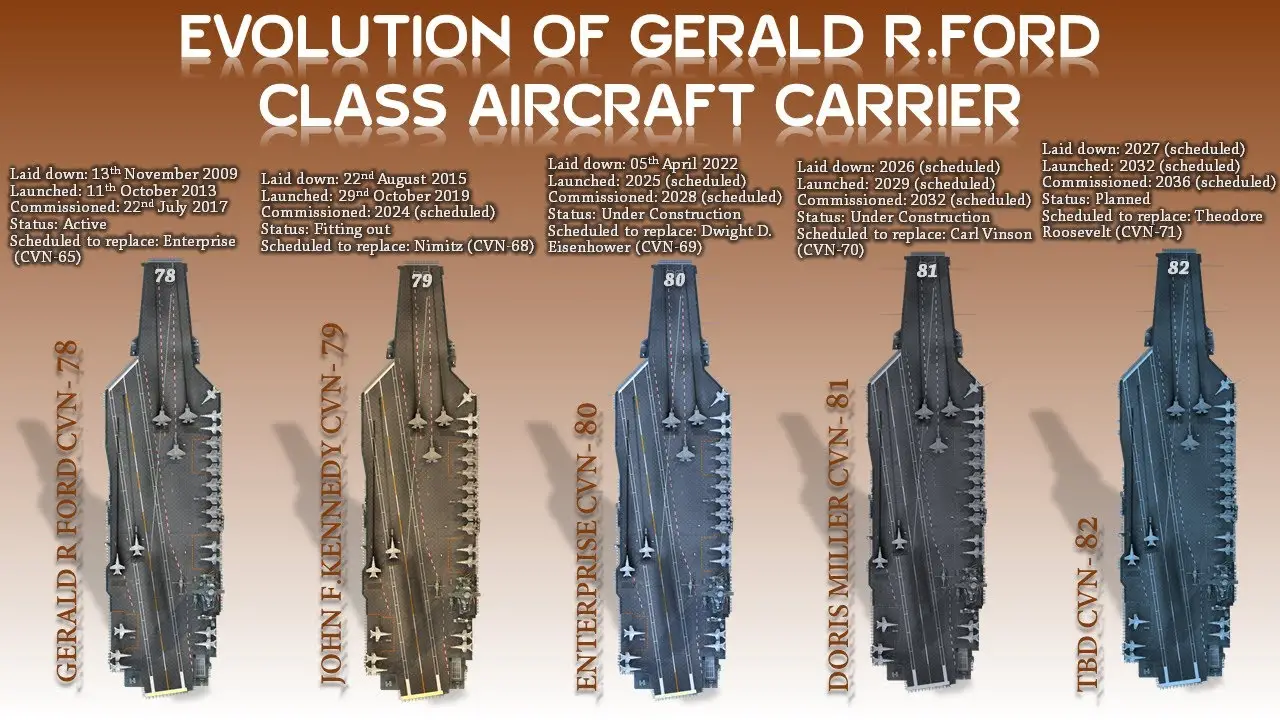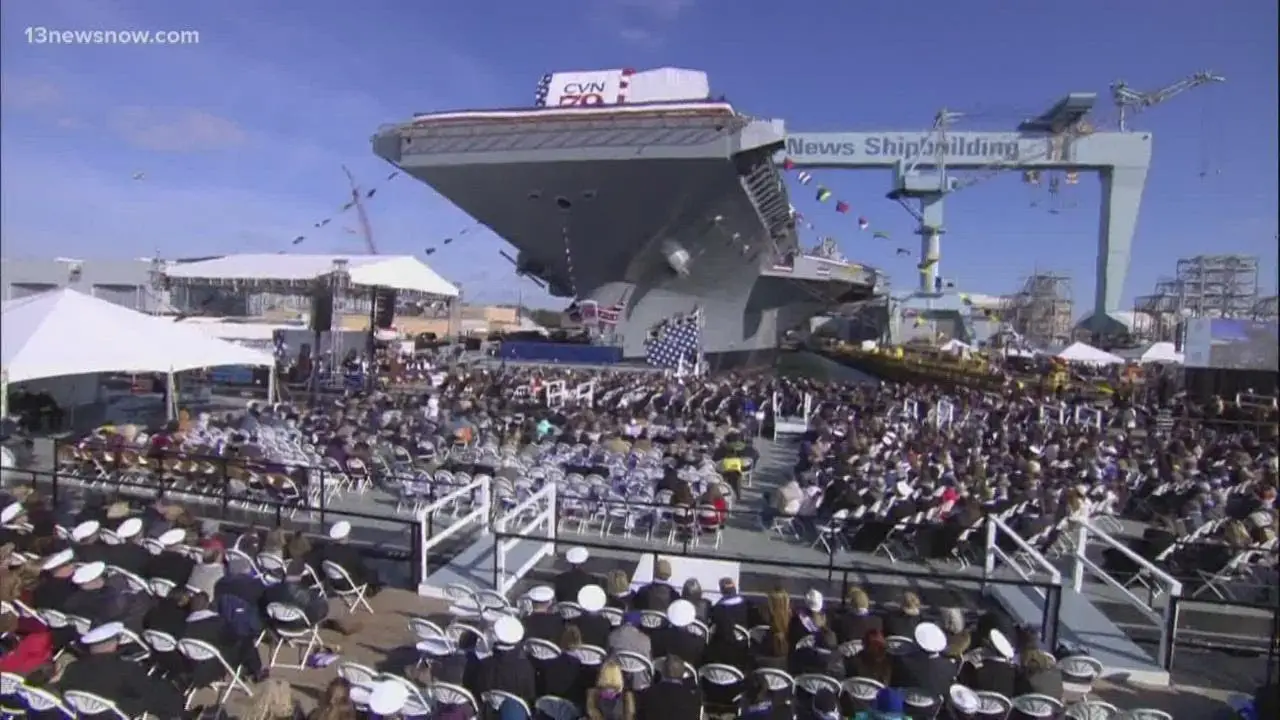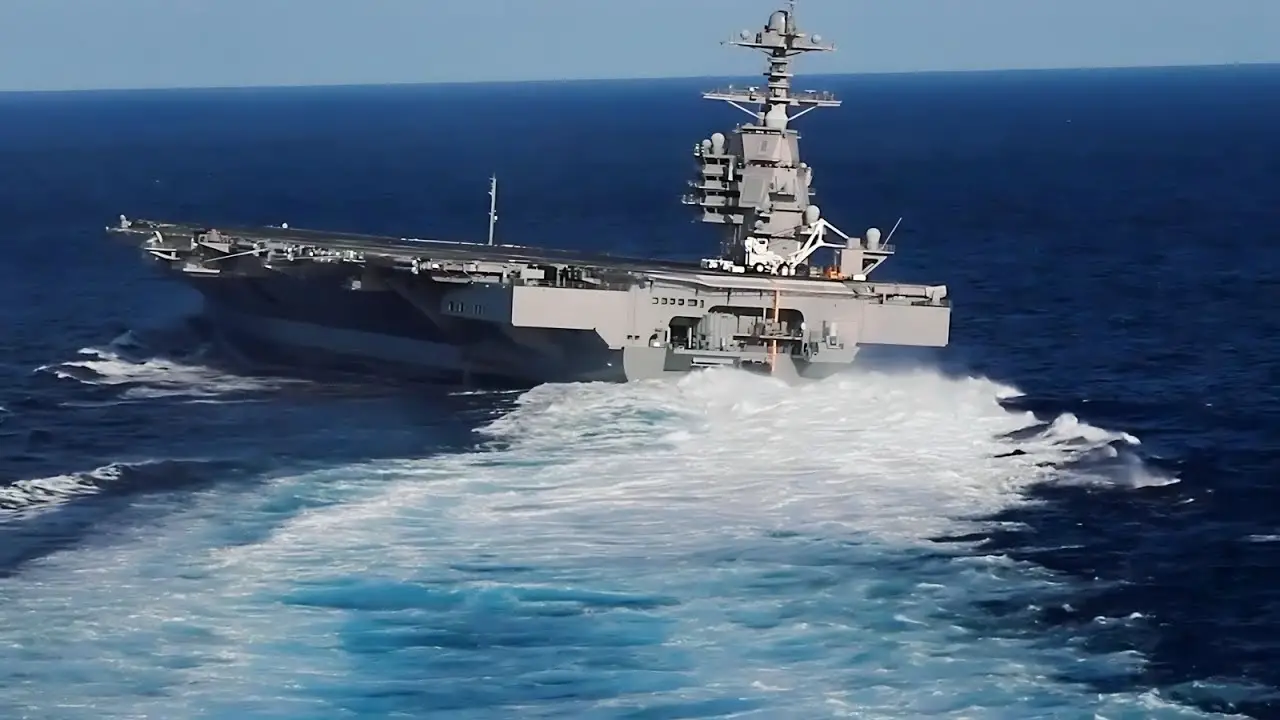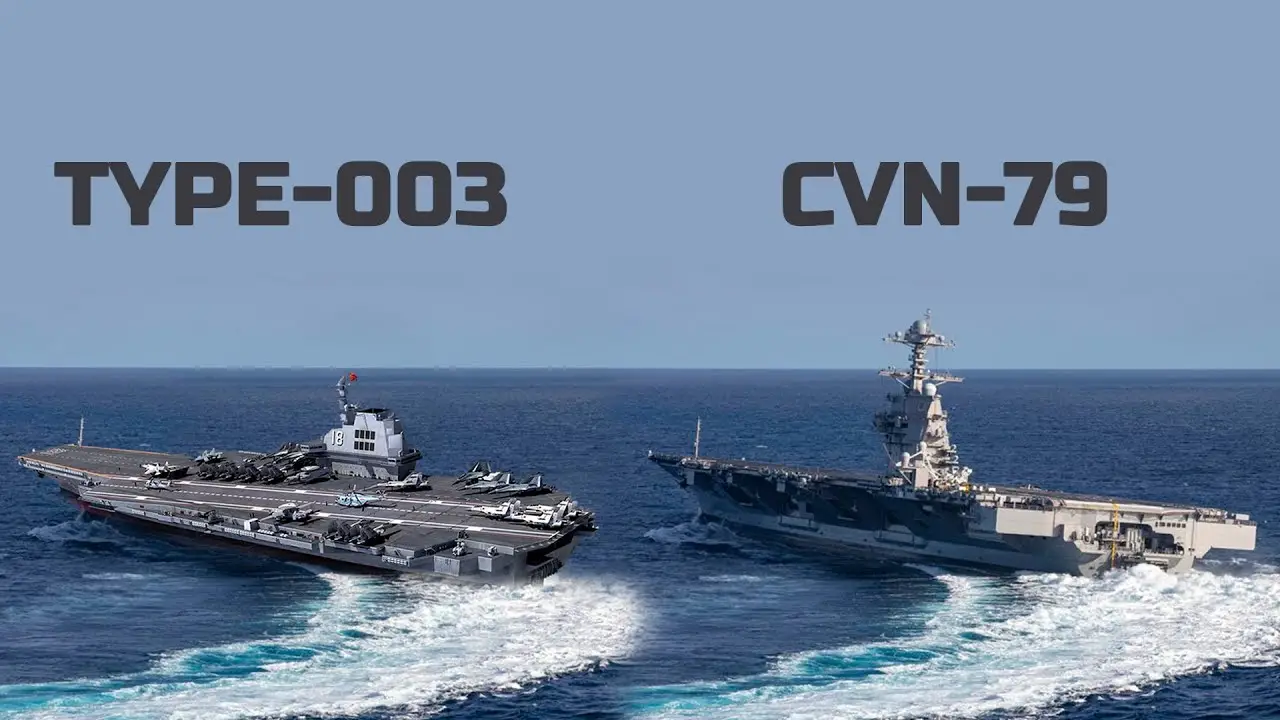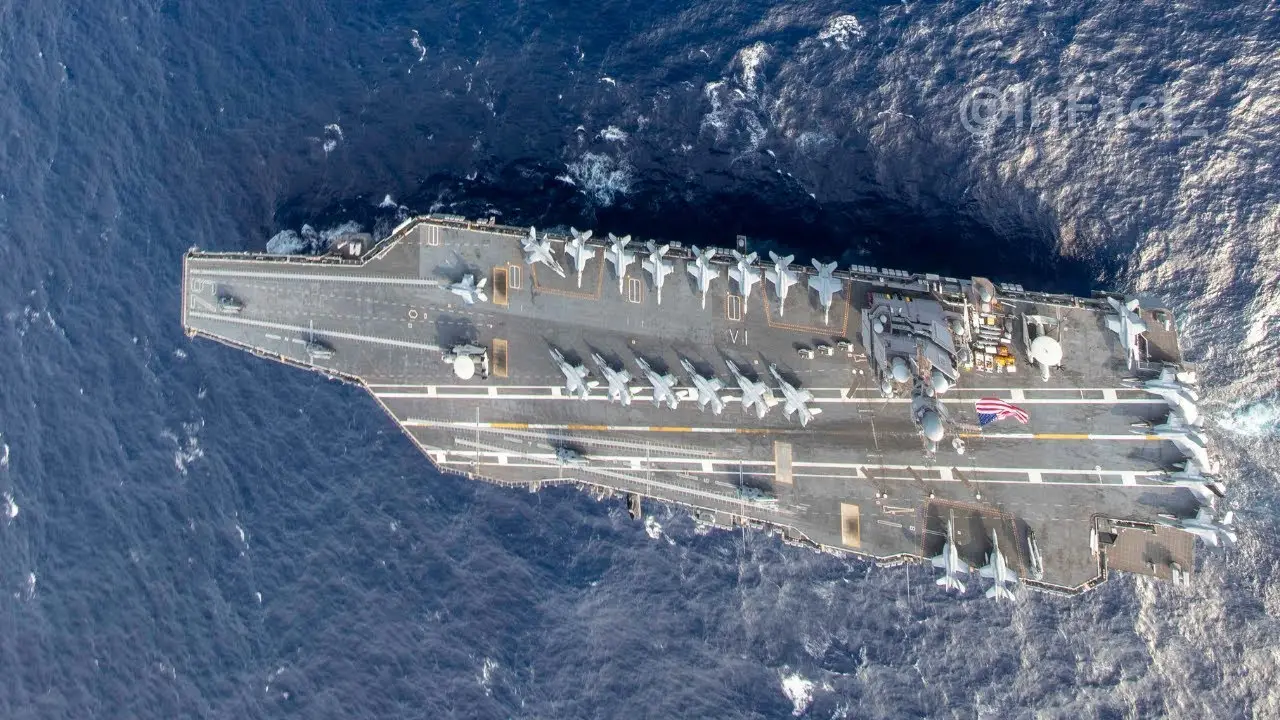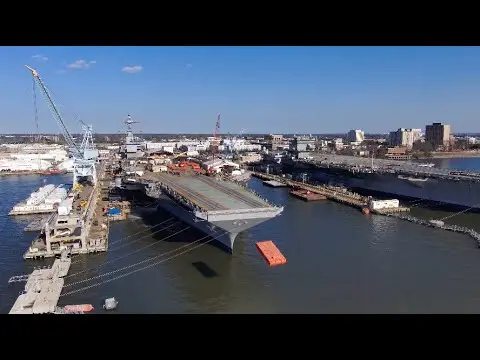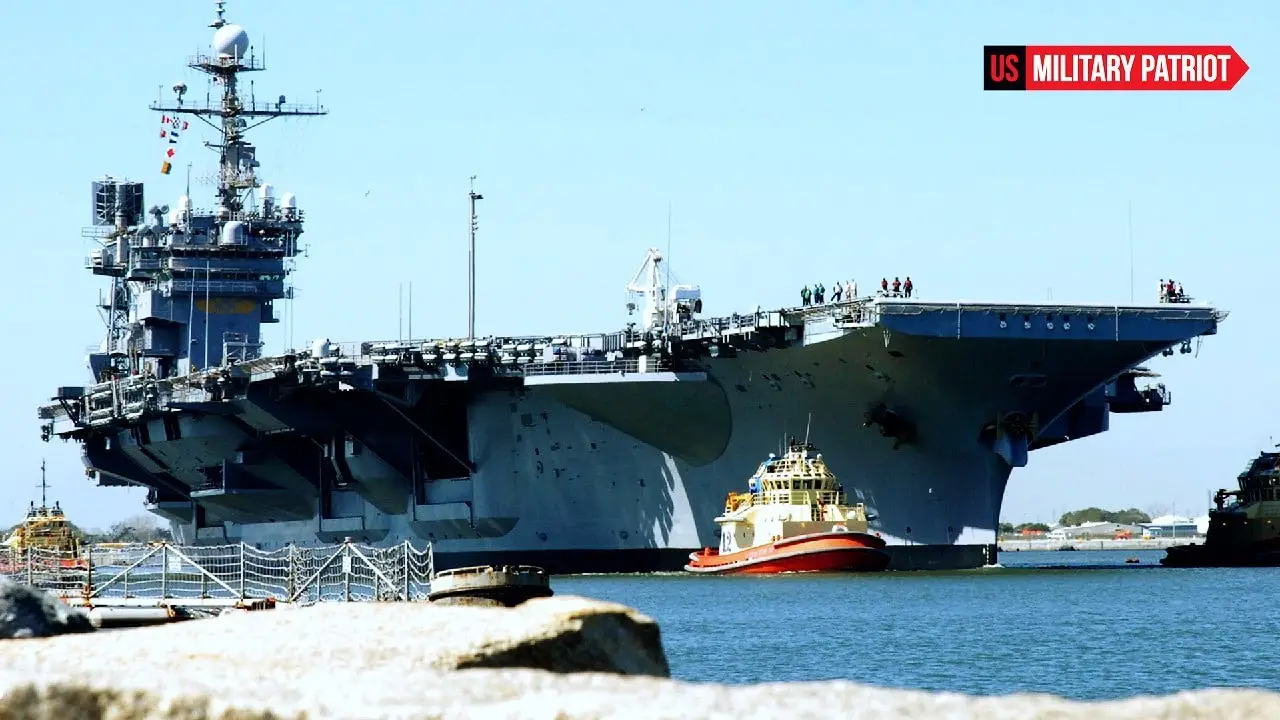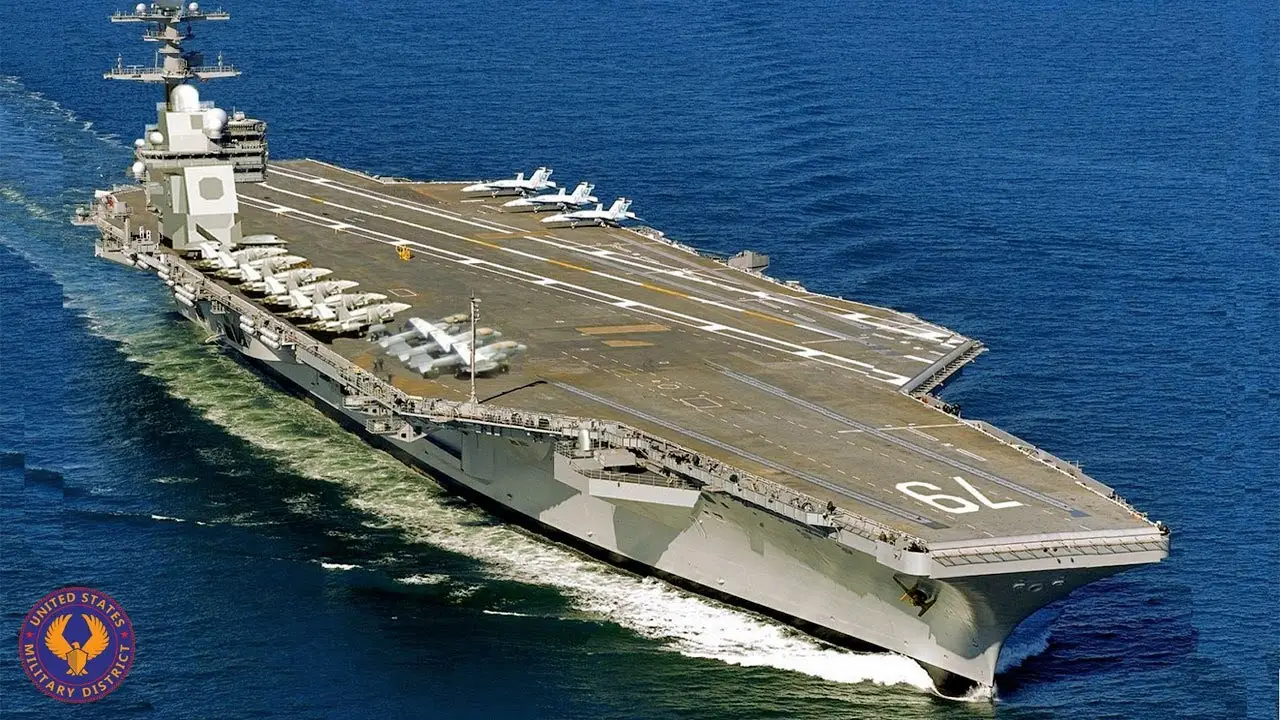USS John F. Kennedy (CVN-79) History, Features, and Impact on National Defense

The United States Navy has a long history of utilizing aircraft carriers as vital components in their national defense strategy. The USS John F. Kennedy (CVN-79) is the second aircraft carrier in the Gerald R. Ford class, currently under construction and set to be commissioned in 2024. Named after the 35th President of the United States, the USS John F. Kennedy (CVN-79) is a symbol of American strength and advancement in military technology. In this blog post, we will delve into the history, features, and impact of the USS John F. Kennedy (CVN-79) on national defense.
Overview of USS John F. Kennedy (CVN-79)
The USS John F. Kennedy (CVN-79) is the second ship in the Gerald R. Ford class of aircraft carriers, following the USS Gerald R. Ford (CVN-78). It is being built by Newport News Shipbuilding in Newport News, Virginia, and is expected to cost around $13 billion. The ship was originally scheduled to be completed in 2018, but due to various delays and issues with new technologies, the commissioning date has been pushed back to 2024.
The USS John F. Kennedy (CVN-79) will measure 1092 feet in length, making it slightly larger than its predecessor, the USS Gerald R. Ford (CVN-78). It will have a displacement of 100,000 tons and a crew size of approximately 4500 personnel. The ship is designed to accommodate a wide variety of aircraft, including F/A-18E/F Super Hornets, EA-18G Growlers, E-2C/D Hawkeyes, MH-60R/S Seahawk helicopters, and eventually the F-35 Lightning II.
Design and Construction of USS John F. Kennedy (CVN-79)
The design of the USS John F. Kennedy (CVN-79) is based on the USS Gerald R. Ford (CVN-78), with some modifications and improvements. The most significant change is the addition of two newly designed turbines for improved power generation, which will increase the ship’s electrical capacity by 350 percent. This will allow for the integration of new technologies such as electromagnetic aircraft launchers and advanced arresting gear.
The construction of the USS John F. Kennedy (CVN-79) began in 2009 with the first steel being cut. However, due to various issues and delays, the construction process has been slow. In 2012, the Navy made the decision to incorporate more testing and evaluation of new technologies before installation, resulting in further delays. The ship was christened in December 2019 and continues to undergo outfitting and testing before its eventual commissioning in 2024.
Features and Capabilities of USS John F. Kennedy (CVN-79)
The USS John F. Kennedy (CVN-79) is equipped with state-of-the-art technology and features that make it one of the most advanced aircraft carriers in the world. One of the most notable features is the Electromagnetic Aircraft Launch System (EMALS), which replaces the traditional steam catapults used for launching aircraft. EMALS uses electromagnetic energy to propel aircraft off the carrier’s deck, allowing for a more precise and controlled launch.
Another key feature of the USS John F. Kennedy (CVN-79) is the Advanced Arresting Gear (AAG), which replaces the traditional hydraulic arresting system used for recovering aircraft. AAG uses an advanced control system and water twisters to safely stop aircraft upon landing. This system is designed to be more reliable and easier to maintain than the previous hydraulic system.
Other features of the USS John F. Kennedy (CVN-79) include an increased flight deck size, improved radar and detection systems, and a new weapons elevator system capable of moving munitions at three times the speed of previous carriers. The ship also has enhanced protection against chemical, biological, and radiological threats.
Commissioning and Deployment of USS John F. Kennedy (CVN-79)
The USS John F. Kennedy (CVN-79) is expected to be commissioned in 2024, after which it will undergo further testing and evaluation before being declared fully operational. It is currently planned to be deployed to the U.S. Navy’s Fifth Fleet, which operates in the Persian Gulf, Red Sea, Arabian Sea, and parts of the Indian Ocean.
Due to its advanced technology and capabilities, the USS John F. Kennedy (CVN-79) is expected to play a crucial role in future military operations and deployments. Its ability to launch and recover aircraft faster and more efficiently will provide an advantage in combat situations, while its increased power generation and improved radar and detection systems will enhance overall security and defense.
History and Legacy of the USS John F. Kennedy (CVN-79)
Named after President John F. Kennedy, the USS John F. Kennedy (CVN-79) holds significant historical and cultural significance. The ship’s name pays tribute to President Kennedy’s legacy as a leader and his contributions to the United States Navy, including his service during World War II. The previous aircraft carrier named after President Kennedy, the USS John F. Kennedy (CV-67), was decommissioned in 2007, making the USS John F. Kennedy (CVN-79) the second ship to bear this name.
The USS John F. Kennedy (CVN-79) also embodies the advancements in naval technology and innovation that have taken place over the years. As the first aircraft carrier in the Ford class to be named after a president, it serves as a symbol of American progress and strength in national defense.
Exploring the History and Impact of USS Dwight D. Eisenhower (CVN-69)
Comparison with Other Aircraft Carriers
The USS John F. Kennedy (CVN-79) is not the only aircraft carrier in the U.S. Navy’s fleet, but it is one of the most technologically advanced. It shares many similarities with its predecessor, the USS Gerald R. Ford (CVN-78), including size and design. However, the USS John F. Kennedy (CVN-79) has undergone improvements and modifications that make it more advanced in terms of capabilities and technology.
Compared to other aircraft carriers in the world, the USS John F. Kennedy (CVN-79) stands out as one of the largest and most advanced. Its EMALS and AAG systems put it ahead of other carriers in terms of launching and recovering aircraft, while its advanced radar and detection systems give it an edge in overall security and defense.
Crew and Operations on USS John F. Kennedy (CVN-79)
The USS John F. Kennedy (CVN-79) will have a crew size of approximately 4500 sailors, which is similar to other Nimitz class carriers. The sailors on board will be responsible for various tasks, including operating and maintaining the ship’s systems, launching and recovering aircraft, and providing support for daily operations.
Life on an aircraft carrier can be challenging, with long hours, tight living quarters, and constant training and drills. However, the USS John F. Kennedy (CVN-79) is equipped with modern amenities and facilities to improve the quality of life for its crew members. From state-of-the-art gyms and recreation areas to improved living spaces and dining options, the ship is designed to provide a comfortable and efficient living environment for its crew.
Exploring the History and Impact of USS Dwight D. Eisenhower (CVN-69)
Future Plans for USS John F. Kennedy (CVN-79)
After its commissioning in 2024, the USS John F. Kennedy (CVN-79) will undergo a period of training and workups to prepare for deployment. It is expected to be deployed to the U.S. Fifth Fleet and serve as a crucial component in national defense.
In the long term, the USS John F. Kennedy (CVN-79) will continue to receive upgrades and improvements to stay ahead of evolving technologies and threats. This includes potential integration with unmanned aerial vehicles and other advanced systems that will enhance its capabilities and effectiveness in military operations.
Impact of USS John F. Kennedy (CVN-79) on US Navy and National Defense
The USS John F. Kennedy (CVN-79) is set to have a significant impact on the U.S. Navy and national defense strategy. Its advanced technology and capabilities will provide an advantage in combat situations and improve overall security. The ship’s commissioning and deployment will also create job opportunities and boost the local economy in Newport News, Virginia, where it is being built.
Furthermore, the USS John F. Kennedy (CVN-79) is a symbol of American strength and innovation, showcasing the country’s commitment to maintaining a strong and technologically advanced military presence. As a key component of the U.S. Navy’s fleet, it will play a vital role in protecting national interests and promoting global security.
Exploring the History of USS Wasp (CV-7) From Construction to Final Resting Place
Conclusion: The Significance of USS John F. Kennedy (CVN-79)
In conclusion, the USS John F. Kennedy (CVN-79) is more than just a ship. It represents the advancements in naval technology and the legacy of President John F. Kennedy. Its advanced features and capabilities make it one of the most technologically advanced aircraft carriers in the world, and its impact on national defense cannot be understated. With its commissioning and deployment, the USS John F. Kennedy (CVN-79) will continue to play a crucial role in protecting the United States and its allies for years to come.

